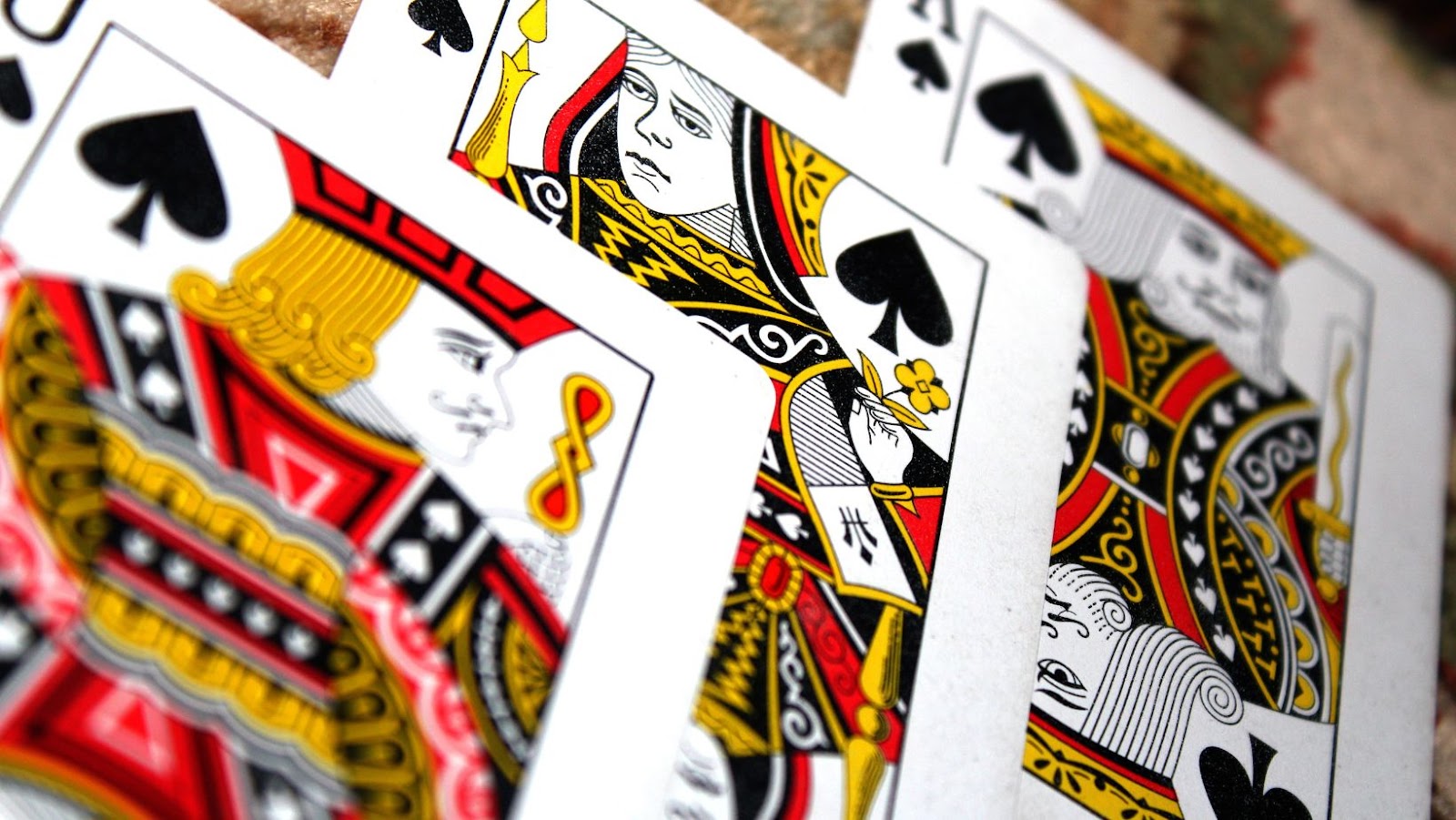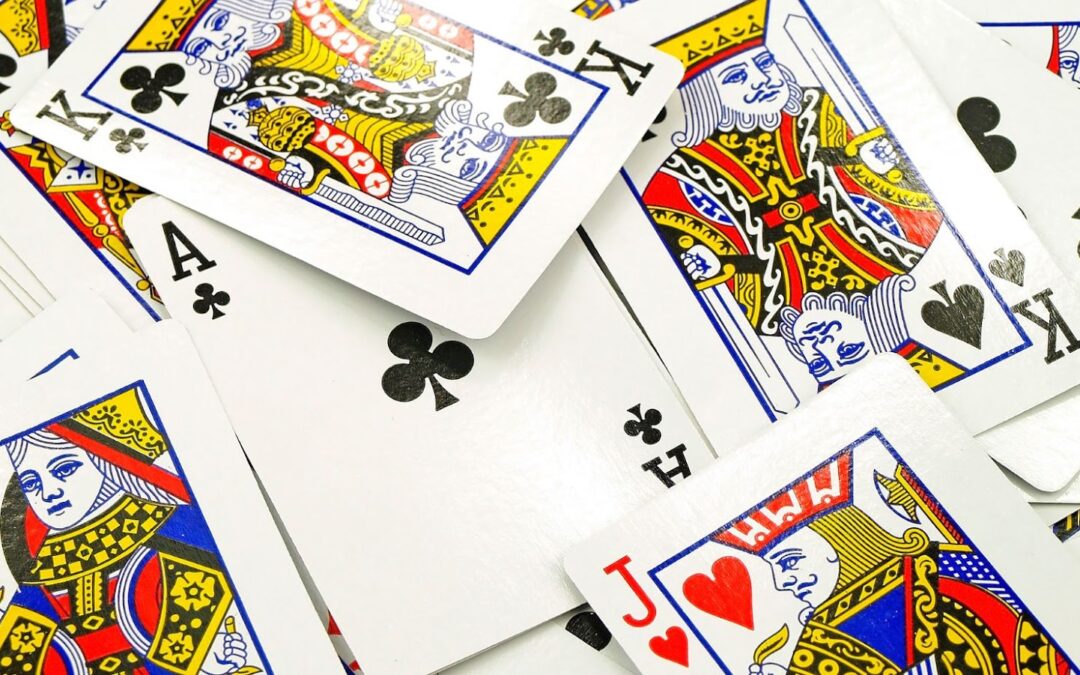A modern deck of cards is significantly different from what our ancestors knew in the past. The cards went through a centuries-long evolution to get to the design we know today. Playing cards slowly spread all over the world and play a prominent part in many cultures now. Many countries added their own twist to the design throughout the years. Every deck of cards is an art piece and went through a long development to achieve the current design. Playing Free Solitaire is a great way to appreciate this history. Here is how the art on playing cards evolved over the years.
The Origin Of Playing Cards
The origin of playing cards is not completely clear. Some resources state that they were created in Egypt, the country where they invented the first writing surface papyrus. Other resources might tell you that the origin of playing cards has something to do with the ancient Celtic druid tradition. However, it is most often mentioned that playing cards originated in China in the 9th century. Then, it is not too clear how the cards spread from Asia to Europe. What is known, though, is that the cards appeared in Europe late in the 14th century.
How The Design Developed All Over The World
Before the cards developed into the design that we know in modern times, the art differed throughout the centuries. In China, playing cards had symbols that categorised them. When they appeared in Europe, the symbols changed into suits. In countries like Italy, France, and Spain, suits symbolised the social status of the players. In history, there were decks of cards that depicted the reign of Queen Anne or taught the art of war. Many countries used different suits. For instance, Spain used chalices, swords, coins and clubs. By contrast, Germany had acorns, leaves, hearts and bells.
Online World Taking On The Traditional Design Of Playing Cards
With the continuous advancement of technology, you do not need to play cards in person anymore. Instead, you can play them through the computer screen from the comfort of your home.
Online Casinos changed the game and brought it into the digital world. Websites such as Online Casino Review can introduce you to a range of slot games that can entertain you. The digital form of the game means that you have more options. With one click, you can pick which game you would like to play. There are many developers, so you can also encounter different card designs.
Famous Faces That Appeared On Playing Cards
In the beginning, the faces on the playing cards were generic. However, as time went by, they started to take the shape of specific people. These days, you can see on your playing cards people who were important throughout the history of the world. For instance, the people you can see on the King cards are David, Charles, Julius Caesar and Alexander the Great. On the other hand, the women appearing on the Queen cards are Pallas, Judith, Rachel and Argine. Finally, the knave cards depict Ogier the Dane, La Hire, Hector and Judas Maccabeus.
French Influence On The Playing Card Design
Unlike in other countries, playing cards in France were suited with clubs, hearts, diamonds and spades. These cards spread into the UK in the 1600s and became highly popular. With the power the country gained globally, the design soon appeared in countries in and outside of Europe as well. Later, this design became standardised and is now available worldwide. European settlers from different countries also brought cards to America. Soon after, the first American card manufacturer designed the cards as we know them today. French suits, round corners and satin finish – all these went through years of development to become the product involved in many popular games.
Playing Cards As We Know Them Today
Today, a standard deck of playing cards consists of 52 cards spread over four French suits and two Jokers. The Joker cards became a part of the deck much later than others. In fact, it was the American manufacturers who designed them during the Civil War to become trump cards in the game of Euchre. These days, you can use the deck of cards to play some popular games, such as bridge, Canasta or Solitaire. Learning new games does not need to be difficult.

They come with a set of rules, and as long as you get a basic understanding, you will do fine with more advanced aspects of the game.
The Art Behind The Design Of Playing Cards
Behind every card you see is a lot of work. In a sense, every playing card is a piece of art. They are very well designed and connect beauty with usability. All the cards look aesthetically pleasing, but at the same time, they make your game easier. Every card is symmetrical, which makes it look good to the eye. At the same time, it means that you can never hold the card upside down. The suits, numbers and letters in the corner of each card also make it possible for you to hold the cards close to each other.

